How To Bleach Hair At Home: 8 Easy Steps For Damage-Free Blonde
Fortunately, bleaching your hair at home is easy with the right products and tools.

Image: ShutterStock
If you want to learn how to bleach your hair at home, you have come to the right place. Bleaching, unlike hair dyeing where you add a different color to your hair, involves a hair-lightening process where you essentially strip off the hair color. Many people wonder how to bleach hair at home safely and effectively because most are afraid of the damage it can cause. However, with the right precautions, proper techniques, and the right products, you can minimize the risks and achieve great results without harming your hair.

If you wish to go blonde, embrace the red hair craze, or experiment with a bright pastel hair color, you will need to lighten your hair color with bleach. If you want to color your hair at home instead of visiting the beauty parlor or your hair colorist, you will have to learn how to bleach your hair properly to achieve the results you want. Fortunately, bleaching your hair at home is easy with the correct at-home bleach equipment. We have discussed how to bleach your hair at home in this article. Keep reading!
 Did You Know?
Did You Know?In This Article
Prepare Your Hair
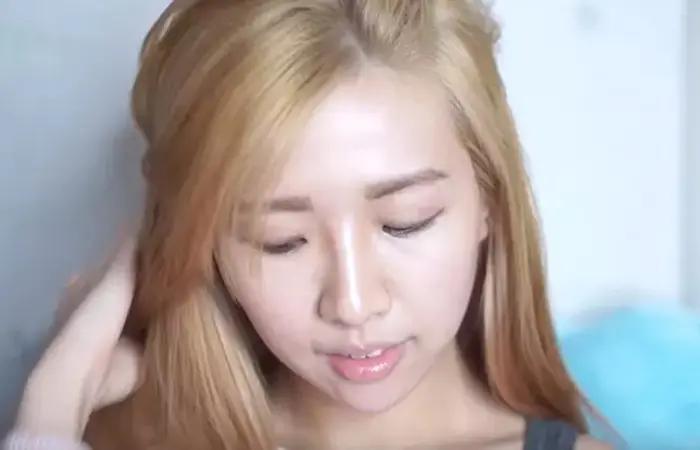
The first step is to prepare your hair for bleaching. Bleach works by breaking through your hair shaft and oxidizing the melanin granules that give your hair its color (1). This process causes hair damage, and for the same reason, your hair needs to be in a healthy condition to be bleached (1).
If your hair is dry or damaged, try waiting a month or two before you bleach it. In the meantime, you can prepare your hair by nursing it back to health. You can start preparing your hair at least two weeks before bleaching it.
To prepare your hair
1. Work With Virgin (Or Almost Virgin) Hair
There are many levels of bleached hair, ranging from virgin to over-processed and damaged hair. Hair gets damaged due to chemicals. Bleaching your hair can lead to more damage, as it makes the hair more penetrable (2).
Do not process your hair for at least three months prior to the bleaching treatment. If you have processed or colored hair, wait for three months before you decide to bleach it. Bleach works best on virgin and unprocessed hair. Your hair is also more susceptible to damage if you reprocess it too soon.
2. Take A Hiatus From Styling
Stop heat styling your hair and refrain from using shampoos and products that contain sulfates and alcohol
(2). This can help prevent moisture loss from your hair.
3. Condition Like Your Life Depends On It
You need to start conditioning your hair two weeks prior to bleaching it. Instead of using store-bought conditioners, opt for deep conditioning masks at least twice a week (2).
You can make homemade masks using ingredients like coconut oil, egg, olive oil, bananas, and avocados. Ensure you never wash your hair before oiling it first. This can prevent the shampoo from drying your hair out and keep your hair texture intact.
4. Coconut Oil Is Your Best Friend
Soaking your hair in oil a night before you bleach it can make a world of difference. Coconut oil forms a protective barrier over your hair shafts and prevents moisture loss. The oil achieves this without hindering the bleaching process. Studies have shown that coconut oil helps reduce protein loss and keeps moisture in the hair. When applied as a prewash, coconut oil creates a protective barrier on the hair, stopping water from entering and causing the hair cuticle (the outer layer) to swell and lift. This prevents hair damage by making the strands smoother and more resistant (3).
Before starting the bleaching process, you must be aware of potential risks, such as scalp burns, hair damage, and allergic reactions. Always conduct a patch test at least 48 hours before application. This step will help you confirm that your skin can tolerate bleach safely. Though bleaching can help improve appearance, the process does have certain side effects.
Key Takeaways
- Bleaching your hair lightens your hair color by removing pigments. To get the desired hair hue, selecting the right bleach for your hair type is important.
- Mixing the bleach according to the instructions and removing it within the recommended time is essential to avoid side effects.
- It is important to rinse your hair thoroughly with a conditioner to restore the moisture content of the hair.
- In addition, avoid using heat-based styling tools and dilute your shampoo before using it to avoid hair damage.
Side Effects Of Bleaching: When Should You Consult Your Doctor?
Bleach contains an alkaline agent (ammonium hydroxide) and an oxidizing agent (hydrogen peroxide). Both these elements permeate the hair shaft to decrease your natural hair color and break the melanin in your cuticle (4). This not only results in the loss of hair color but also causes significant hair damage that includes scalp burns, easy permeability of hair strands, significant protein loss, heavy hair damage due to decreased hair porosity, and skin irritation (2), (5), (6), (7), (8).
A study published in The Journal of Dermatology examined the effects of hair bleaching agents, hydrogen peroxide and ammonium persulfate, on both hair and skin. The bleaching agents, particularly hydrogen peroxide, weaken the hair by altering its structure, causing a loss of tensile strength and elasticity. The study was done on animal skin and showed swelling, thinning, and damage to its structure, especially with higher concentrations of hydrogen peroxide. So, it was concluded that overuse or improper application of bleaching agents can lead to skin damage, making the hair more fragile and prone to breakage. Therefore, it is important to follow proper bleaching procedures to prevent such damage (5).
Persulfate salts in bleaching powders may cause occupational skin disorders like hand eczema in hairdressers. A study indicated that among 565 hairdressers, HE had a prevalence of 20.3% within one year and a prevalence of 38.2% within the course of their lifetimes.
Now that you have a general idea about bleaching your hair and its side effects, let us dive deep into the steps for how to bleach hair at home in the safest way possible.
Bleaching Your Hair At Home
Set up in a well-ventilated area with good lighting, a mirror, and a table to place all your tools on. Let’s see what you will need.
Get Your Supplies
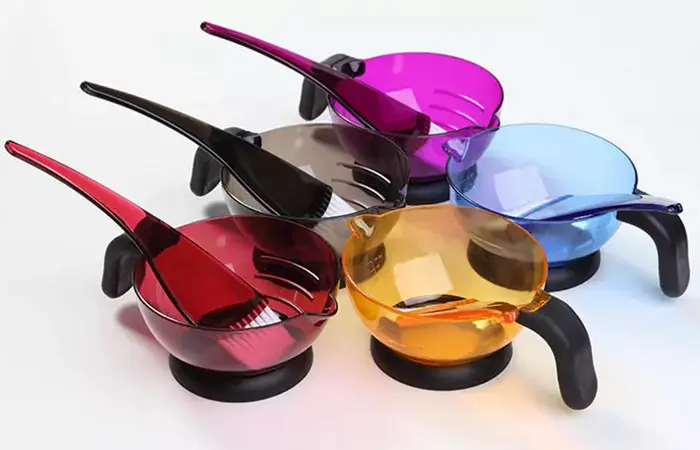
- Bleach Powder
Selecting a high-quality hair bleach powder specifically designed for your hair type is very essential. Choose the right bleach for hair from a good brand like Wella, Blondor, Matrix, or Salon Care. Compromising on this and using a skin bleach is most likely going to lead to disastrous hair. Opt for a bleach that is blue or purple to help reduce brassiness.
- Developer/Peroxide
This is the peroxide hair bleach liquid that activates your bleach so that it can lighten your hair. It comes in different volumes: 10, 20, 30, and 40. This is indicative of the strength of the peroxide. With the information given below, pick the ideal volume for your needs.
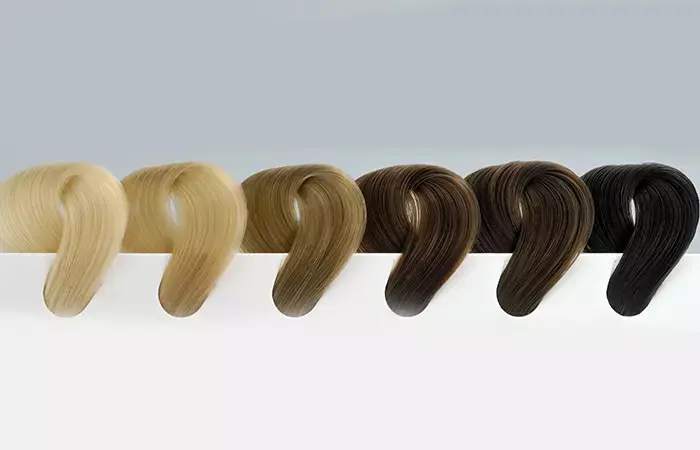
There are 10 hair levels, with 1 being the darkest – black, and 10 being the lightest – pale blonde. Depending on how much lift you desire, choose the ideal peroxide from the list below.
Vol 10 – This volume will not work for dark hair. It is ideal for subtly fading dyed hair or lifting 1-2 levels of color on hair that is already light.
Vol 20 – If you have hair that is light brown and do not want to lift a lot of colors, a 20 volume developer should do the trick. This lifts about 2-3 levels of color.
Vol 30 – A volume 30 developer will help lift 3-4 levels of hair color, but it should not be left on your scalp for too long as it can cause irritation. If you have sensitive skin, it is best not to let the bleach come in contact with your skin or scalp when using this volume. If you want to bleach your hair to the lightest blonde, it is ideal to use this developer over 2-3 sessions.
Vol 40 – Volume 40 can provide a high lift, but it can also be really damaging to your hair. If you do use it, make sure it does not stay on your hair for longer than 10-15 minutes to minimize damage.
You also need the following tools:
- Tinting brush
- Clips for sectioning
- Plastic/Latex gloves
- Plastic/Glass mixing bowl
- Shower cap/ Plastic bag
- Balancing hair shampoo
- Protein-balancing hair conditioner
- Old towel and clothes
- Toner (optional)
Bleaching Your Hair At Home
For better results, ensure you don’t wash your hair at least 2-3 days prior to the bleach. Set up in a well-ventilated area with good lighting, a mirror, and a table to place all your tools on.
Step 1: Wear Some Old Clothes, And Put Your Gloves On
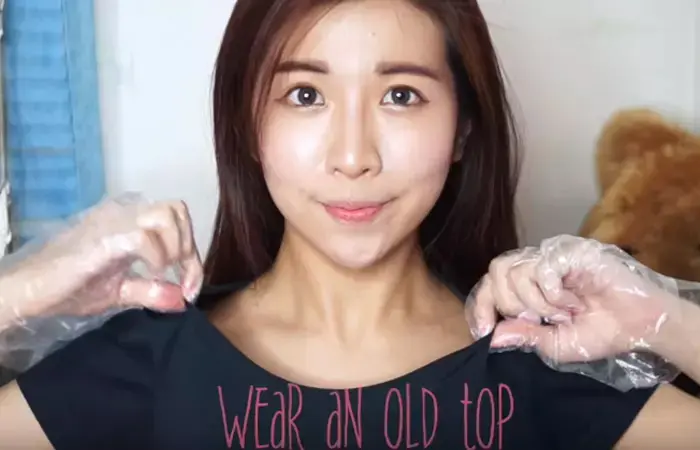
Make sure you put on some old clothes that you wouldn’t mind getting the bleach on. Put your gloves on.
Step 2: Section Your Hair
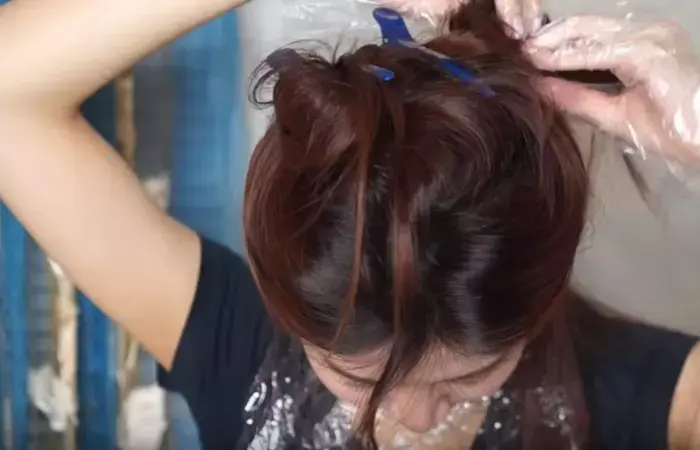
Divide your hair so that the crown section is secured away. This way, you can freely work with the back of your hair first. The crown section is hard to reach, so it is best reserved for the last.
Step 3: Mix The Bleach Powder And Developer
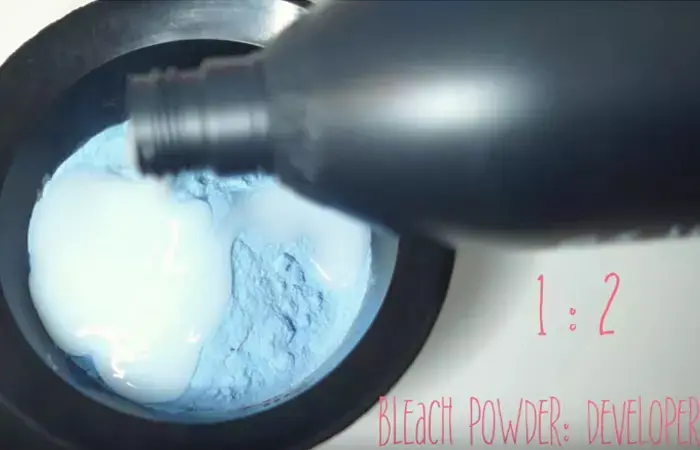
Mix the bleach hair dye and developer. You will have to add two parts of the developer for one part of bleach. Ensure there are no lumps, and the mixture is consistent.
Step 4: Apply The Bleach
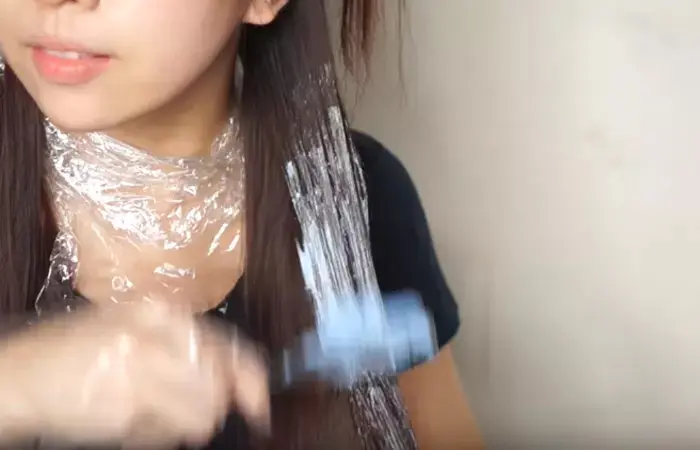
For better results, ensure you don’t wash your hair at least 2-3 days prior to the bleach. Start applying the mix section by section. Be careful to avoid touching the scalp too much. As soon as all of your hair is covered in the bleach, cover your hair with a shower cap or a plastic bag.
Tip: Apply the color first to the tips and mid-lengths of your hair as they take longer to lighten than your roots. Let the bleach sit for at least 20 minutes before you apply the color to the roots. This can ensure even color (and not lighter roots and dark tips).
Step 5: Bleach The Higher Sections
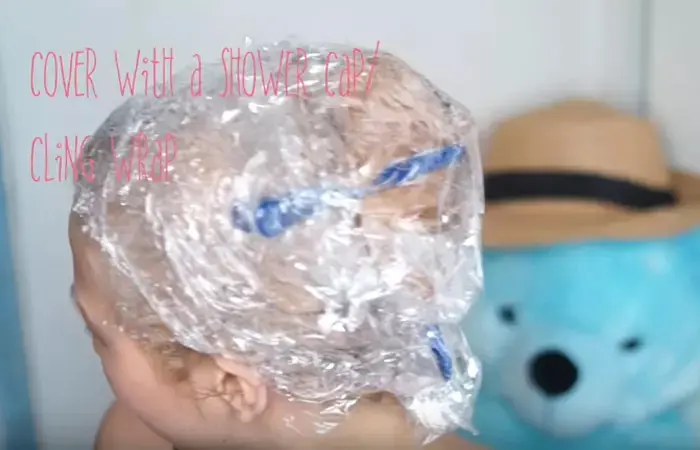
Once you are done with the bottom sections, undo the section you secured away and start applying. As soon as all of your hair is covered in the bleach, cover it with a shower cap or a plastic bag. Follow this for bleaching black hair.
Step 6: Sit Back And Wait For The Magic
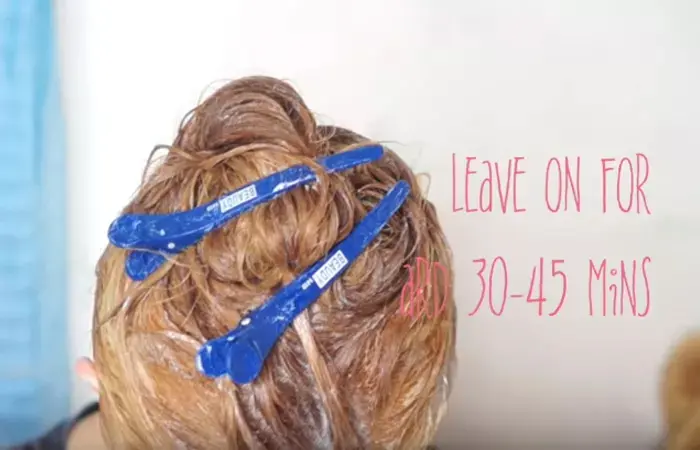
It is time to sit back and wait for the magic to happen! Do not leave the bleach hair color on for more than 30-45 minutes. Keep checking on the hair periodically to see if the color is lifting to the levels you want. Don’t worry if your hair is turning orange. It is normal for dark hair to turn orange when lightened.
Dr. Jill Chitalia, a dermatologist and trichologist, says, “One of the most common mistakes people make when bleaching their hair at home is underestimating how powerful bleach is both in its chemical action and its potential to cause irreversible damage. People often leave the bleach on too long, don’t apply it evenly, or skip strand testing entirely.”
Note: Keep an eye on your hair and the surrounding skin. If you notice redness, itching, or burning after you have kept the bleach on your hair for a while, please wash the bleach off and visit a doctor.
Dr. Chitalia shares that most people overlook the fact that bleach can cause micro burns or inflammation in the scalp, leading to flaking or long-term sensitivity. She says, “Applying a scalp barrier cream or avoiding overlapping bleach onto previously lightened roots can go a long way in preserving both hair and scalp health.”
Step 7: Wash Your Hair And Let It Dry
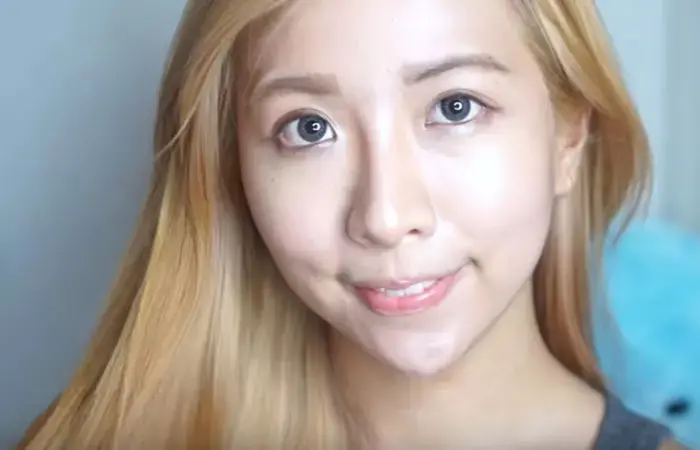
After 45 minutes, jump into the shower and rinse the bleach out thoroughly. Wash your hair with a balancing shampoo to balance the pH levels of your scalp. Follow with a protein balancing conditioner. Let your hair air dry.
Step 8: Toner (Optional)
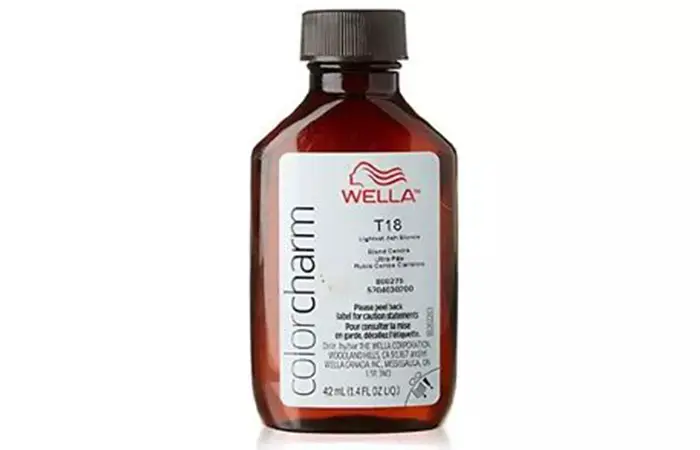
If you do not want warm tones in your hair, you can bleach it with a toner. Replace the bleach with the toner and follow all of the steps listed above. Alternatively, you can use a toning shampoo to remove the warm tones from your hair. Read on to know how to avoid hair damage after bleaching.
 Trivia
TriviaAmanda, a blogger, shares her personal experience of bleaching and dying her hair at home during quarantine time. She gives an entire walkthrough of the process and also a few tips she picked up. She writes, “This was the first time I learned about diluting dye with white conditioner and I’m so glad I tried it! It allowed me to achieve the color I want, which fades out beautifully (i).”
Post-Bleaching Hair Care
- Minimize Conditioner Usage: Most conditioners have concentrated amounts of hair chemicals to make your hair better (2). But once you have bleached your hair, it can be more susceptible to damage from chemicals. Cut down the amount of conditioner you use, and don’t apply any conditioner to the scalp. Also, limit your conditioner usage to once per week until your hair regains its strength.
- Use Natural/Organic Products: Chemicals cause damage to your hair, and more so after you have bleached it (2). Since your bleached hair is very vulnerable, opt for only natural hair care products. You can either get them at the store or try homemade recipes.
- Don’t Use Styling Tools: Styling tools use heat that can damage your hair. This damage could be more aggressive after a bleaching session (2). After you have bleached your hair, stay away from styling tools for at least two weeks.
- Oil Your Hair: Research shows that oils (like coconut oil) can permeate the hair shaft and strengthen hair from within. Since the oil is made up of lauric acid, easily bonds with hair proteins and can penetrate deep into the hair shaft because of its low molecular weight and straight structure (9). Your hair needs this deep nourishment after bleaching. Oil your hair and leave it on for at least an hour. Repeat this twice a week.
- Dilute Your Shampoo: Your shampoo contains chemicals that can damage bleached hair. Instead of using it as is, add a little water to it.
- Use Purple Shampoo: Using purple shampoo after bleaching is important as bleached hair often tends to develop unwanted brassy or yellow tones. The purple shampoo contains violet pigments that neutralize these brassy tones. When applied, it helps counteract the yellow and orange shades, leaving the hair looking cooler and more neutral in tone. Regular use of a purple shampoo helps maintain the desired blonde or silver shade and prevents the hair from appearing overly warm. You may apply purple shampoo depending on the hair color you prefer. If you are using it for the first time, apply it once a week. You may slowly increase the frequency until you find your perfect shade.
Following these tips and hair care practices may help prevent hair damage and improve the strength of the strands after bleaching.
Watch this video to execute a safe hair-bleaching process at home! This is a great way to bleach brown hair. Follow the procedure as the guide transforms dark brown hair into ash blonde for an exciting and daring new look.
Note: Bleaching works best on virgin hair and the results of bleaching hair can vary depending on the person’s hair type, color, and condition. If you have really dark or color-processed hair and want some heavy lift, it might take a couple of sessions before you achieve the color you desire. It is best to space these sessions out every couple of weeks or a month apart. This way, you will not be overprocessing your hair.
If your hair is extremely dark, long, heavily processed, fine, very thick, curly/kinky, colored, permed, or damaged, do not bleach at home. Instead, get it done professionally to achieve the results you are expecting.
These tips are based on scientific studies, anecdotal evidence, and personal experiences of individuals. Since hair types and issues vary, the products or methods that work for one person may not work for another. It is always best to consult a professional hair stylist for guidance, even if you plan to bleach hair at home, to get personalized advice tailored to your needs.
Infographic: Natural Ways To Bleach Your Hair At Home
In addition to the method mentioned in the article, you can choose some far-safer natural bleaching methods. See the infographic below to learn a few techniques for making your own hair bleach at home. Illustration: StyleCraze Design Team
Bleaching your hair before coloring it allows the hair color to penetrate deeper into the strands, resulting in a more accurate color and a longer-lasting result. However, if you want to color your hair at home instead of going to the salon, you will need to choose the right bleach for hair. Then you need to learn how to bleach it properly to get the results you want. Fortunately, bleaching your hair at home is easy with the right at-home bleaching equipment.
Bleaching curly hair, very dark, long, chemically treated, thin, very thick, kinky, dyed, permed, or brittle hair is not recommended at home. Instead, get someone to handle it professionally so you can get the results you want. Inflammation, redness, and a stinging feeling on the scalp are all indicators of an adverse reaction, so practice caution.
Frequently Asked Questions
How can someone minimize hair damage while achieving their desired blonde shade?
Dr. Michael May, a hair transplant surgeon, says, “To minimize damage while going blonde, timing and product choice matter—but so does knowing your hair’s limits.” He suggests doing a strand test first. He adds, “Use a bond-protecting treatment during the process and follow up with deep conditioning. Most importantly, don’t rush through multiple bleaching sessions—space them out to let your hair recover.”
What hair color is most attractive?
It depends on your skin undertone and eye color shade. For warmer shades like light brown eyes, warmer colors like auburn or golden blonde hair look great. For cooler shades like darker brown eyes, cooler tones like platinum blonde hair, ash blonde hair, ombre hair color or burgundy look amazing. Depending on which tone your eyes lean towards, you can pick either warm or cool tones for medium brown and hazel eyes.
Does light hair or dark hair make you look younger?
Darker hair colors tend to make harsh face shapes and face lines like wrinkles stand out, especially if you have mature skin. As you grow older, opting for bright colors like electric shock shades harshen your face lines. Light brown shades and cooler blonde tones make you look younger if you have brown eyes. You can opt for subtle pastel shades or lean into gray shades to make your brown eyes pop.
Are brown eyes warm or cool?
Dark brown eyes are cool-toned, and light brown eyes are warm-toned. Hazel eyes with golden flecks look warmer, while hazel eyes with gray or green flecks look cool-toned.
Are light brown eyes rare?
Brown eyes are one of the most common eye colors in the world. African and Asian people are mostly born with brown eyes. Hazel and amber eyes are rarer to see.
Some thing wrong with illustration image shortcode. please verify shortcode syntaxPersonal Experience: Source
StyleCraze's articles are interwoven with authentic personal narratives that provide depth and resonance to our content. Below are the sources of the personal accounts referenced in this article.
i. WHAT I LEARNED FROM BLEACHING & DYING MY HAIR DURING QUARANTINEhttps://amandaaesthetic.wordpress.com/2025/05/30/what-i-learned-from-bleaching-dying-my-hair-during-quarantine/
References
Articles on StyleCraze are backed by verified information from peer-reviewed and academic research papers, reputed organizations, research institutions, and medical associations to ensure accuracy and relevance. Read our editorial policy to learn more.
- The Influence Of Hair Bleach On The Ultrastructure Of Human Hair With Special Reference To Hair Damage, Okajimas Folia Anatomica Japonica, Semantic Scholar.
https://www.semanticscholar.org/paper/The-influence-of-hair-bleach-on-the-ultrastructure-Imai/1dbe6a64d5e2b194efb05a7a820955653fe7ac47?p2df - Hair Cosmetics: An Overview, International Journal Of Trichology, US National Library Of Medicine, National Institutes Of Health.
https://www.ncbi.nlm.nih.gov/pmc/articles/PMC4387693/ - Effect of Coconut Oil on Prevention of Hair Damage, Journal Of Cosmetic Science, Semantic Scholar.
https://www.semanticscholar.org/paper/Effect-of-coconut-oil-on-prevention-of-hair-damage.-Rele-Mohile/37f3706f326b55bfc3e2a346ac48f8f0a9755b7d?p2df - Protein Loss In Human Hair From Combination Straightening And Coloring Treatments, Journal Of Cosmetic Dermatology, ResearchGate,
https://www.researchgate.net/publication/280121471_Protein_loss_in_human_hair_from_combination_straightening_and_coloring_treatments - Significant Damage Of The Skin and Hair Following Hair Bleaching, The Journal Of Dermatology, US National Library Of Medicine, National Institutes Of Health.
https://pubmed.ncbi.nlm.nih.gov/20860738/ - Labile Proteins Accumulated in Damaged Hair Upon Permanent Waving and Bleaching Treatments, Journal Of Cosmetic Science, US National Library Of Medicine, National Institutes Of Health.
https://pubmed.ncbi.nlm.nih.gov/12512011/ - True porosity measurement of hair: a new way to study hair damage mechanisms, Journal Of Cosmetic Science, US National Library Of Medicine, National Institutes Of Health.
https://pubmed.ncbi.nlm.nih.gov/18818850/ - Hair bleaching and skin burning, Annals of Burns and Fire Disasters, US National Library Of Medicine, National Institutes Of Health.
https://www.ncbi.nlm.nih.gov/pmc/articles/PMC3664529/ - Effects Of Mineral Oil, Sunflower Oil And Coconut Oil On Prevention Of Hair Damage, Journal Of Cosmetic Science, US National Library Of Medicine, National Institute Of Health.
https://pubmed.ncbi.nlm.nih.gov/12715094/
Read full bio of Dr. Pranjal Shamsher
- Dr. Jill Chitalia is a highly skilled Dermatologist, Trichologist, and Aesthetic Specialist with 9+ years of experience. An MD in Dermatology, Venereology, & Leprosy from Aura Skin Institute, she has successfully treated thousands of patients, offering expert care in skin health, hair treatments, and advanced aesthetics.Dr. Chitalia has played a key role in making cutting-edge dermatological treatments more accessible. Known for her expertise and patient-centered approach, she is a trusted name in comprehensive skin and hair care.
 Dr. Jill Chitalia is a highly skilled Dermatologist, Trichologist, and Aesthetic Specialist with 9+ years of experience. An MD in Dermatology, Venereology, & Leprosy from Aura Skin Institute, she has successfully treated thousands of patients, offering expert care in skin health, hair treatments, and advanced aesthetics.Dr. Chitalia has played a key role in making cutting-edge dermatological treatments more accessible. Known for her expertise and patient-centered approach, she is a trusted name in comprehensive skin and hair care.
Dr. Jill Chitalia is a highly skilled Dermatologist, Trichologist, and Aesthetic Specialist with 9+ years of experience. An MD in Dermatology, Venereology, & Leprosy from Aura Skin Institute, she has successfully treated thousands of patients, offering expert care in skin health, hair treatments, and advanced aesthetics.Dr. Chitalia has played a key role in making cutting-edge dermatological treatments more accessible. Known for her expertise and patient-centered approach, she is a trusted name in comprehensive skin and hair care. - Dr. Michael May, MD, is the Medical Director and Principal Surgeon of the Wimpole Clinic in Harley Street, London. He has 25 years of experience in the field of hair transplant surgery and has completed over 10,000 hair transplant procedures. He is the current president of the European Society of Hair Restoration Surgery, a registered member of The Trichological Society, and a Diplomat of Hair Restoration Surgery (ABHRS).
 Dr. Michael May, MD, is the Medical Director and Principal Surgeon of the Wimpole Clinic in Harley Street, London. He has 25 years of experience in the field of hair transplant surgery and has completed over 10,000 hair transplant procedures. He is the current president of the European Society of Hair Restoration Surgery, a registered member of The Trichological Society, and a Diplomat of Hair Restoration Surgery (ABHRS).
Dr. Michael May, MD, is the Medical Director and Principal Surgeon of the Wimpole Clinic in Harley Street, London. He has 25 years of experience in the field of hair transplant surgery and has completed over 10,000 hair transplant procedures. He is the current president of the European Society of Hair Restoration Surgery, a registered member of The Trichological Society, and a Diplomat of Hair Restoration Surgery (ABHRS).
Read full bio of Anjali Sayee
Read full bio of Eshna Das
Read full bio of Monomita Chakraborty






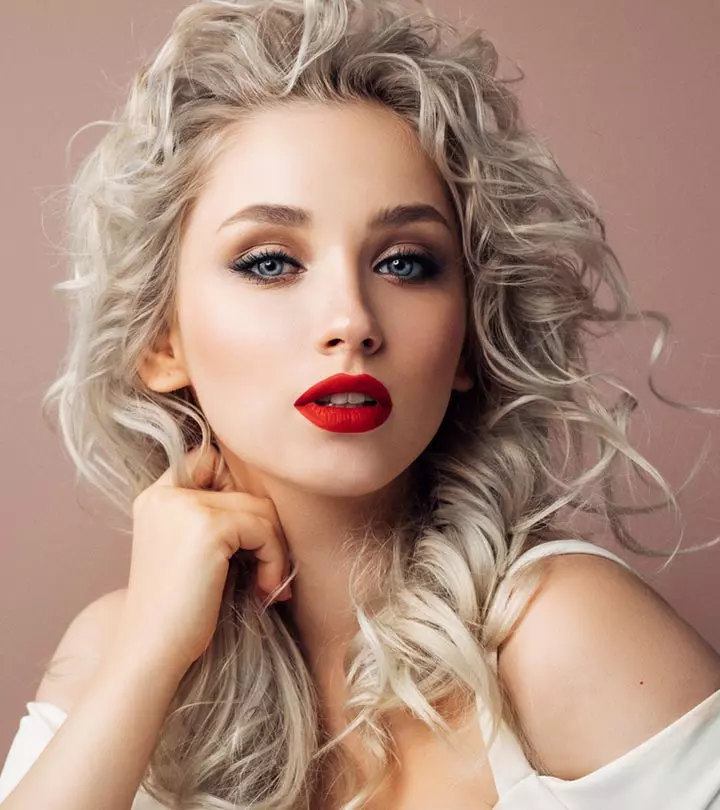
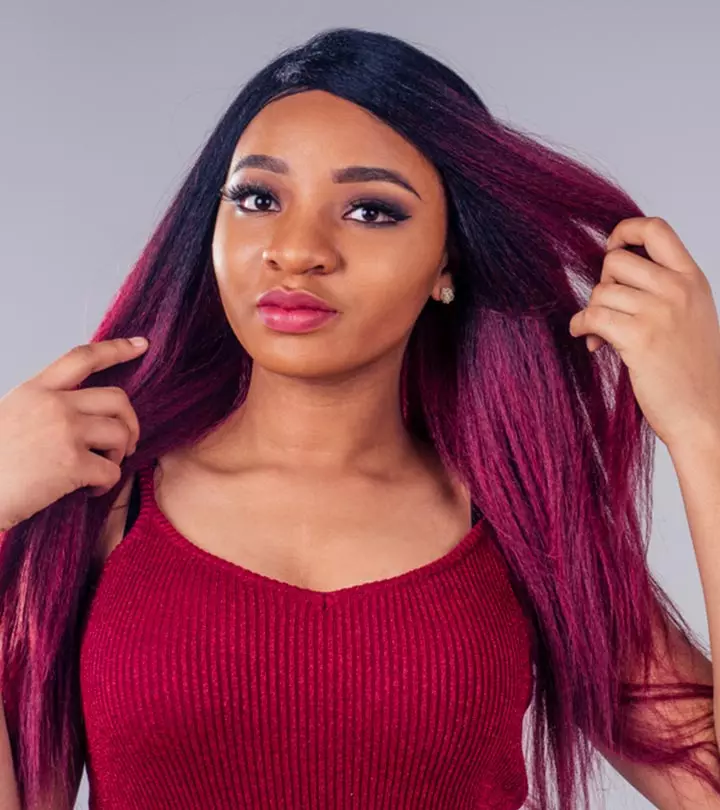
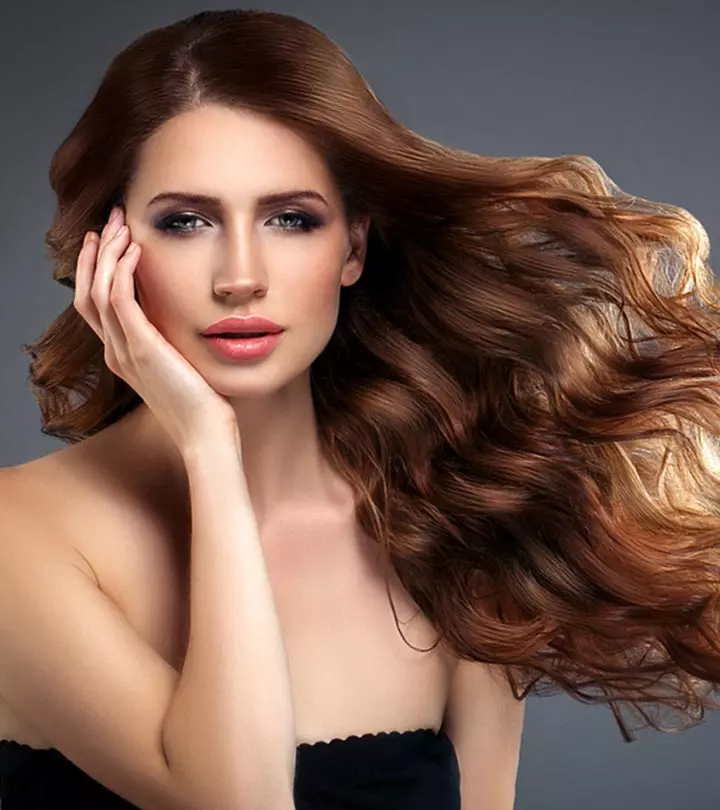
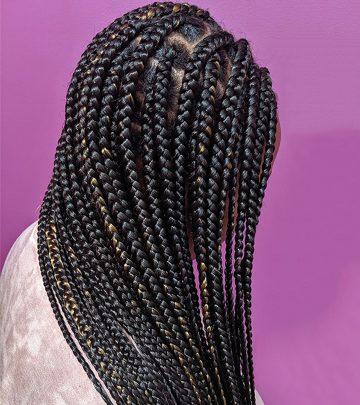
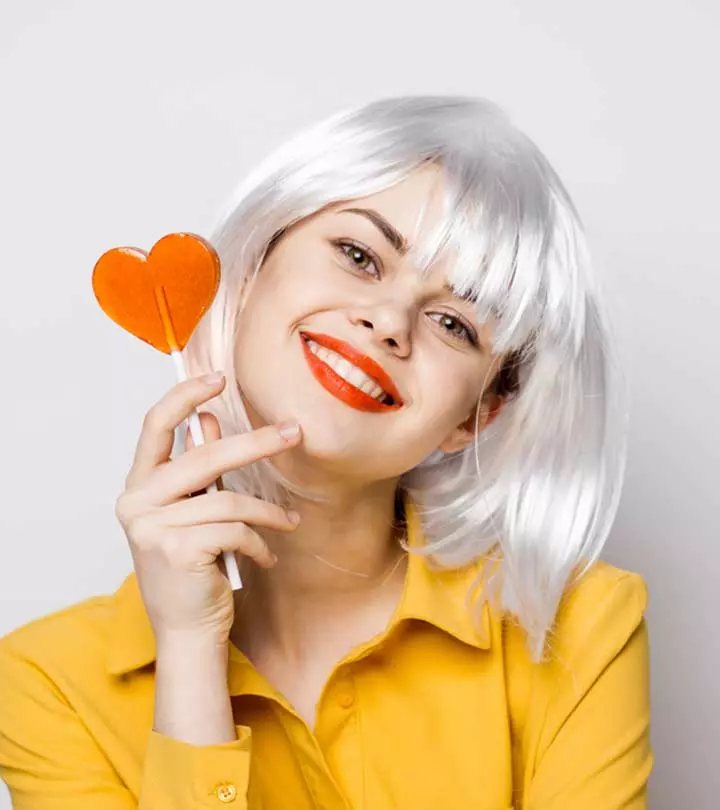
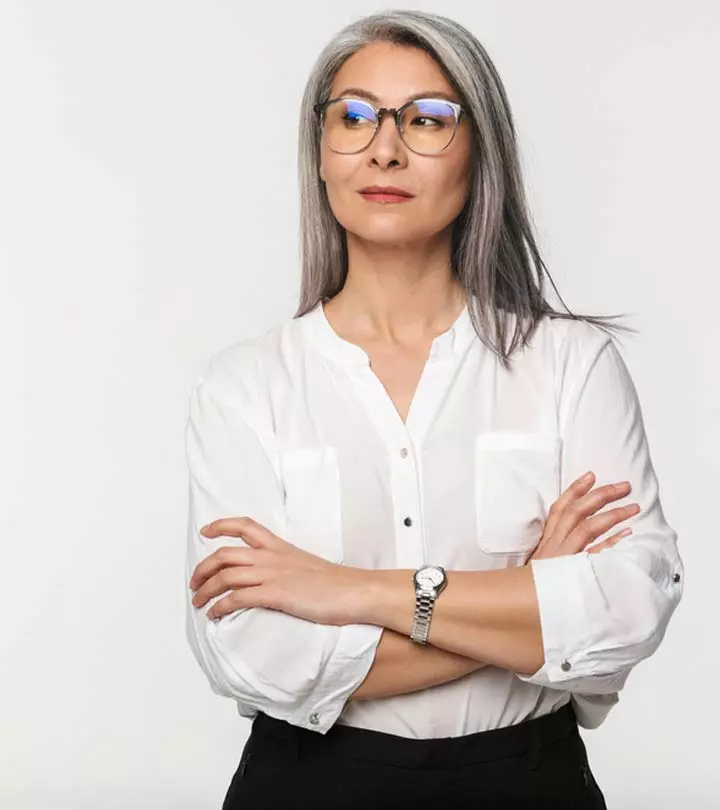
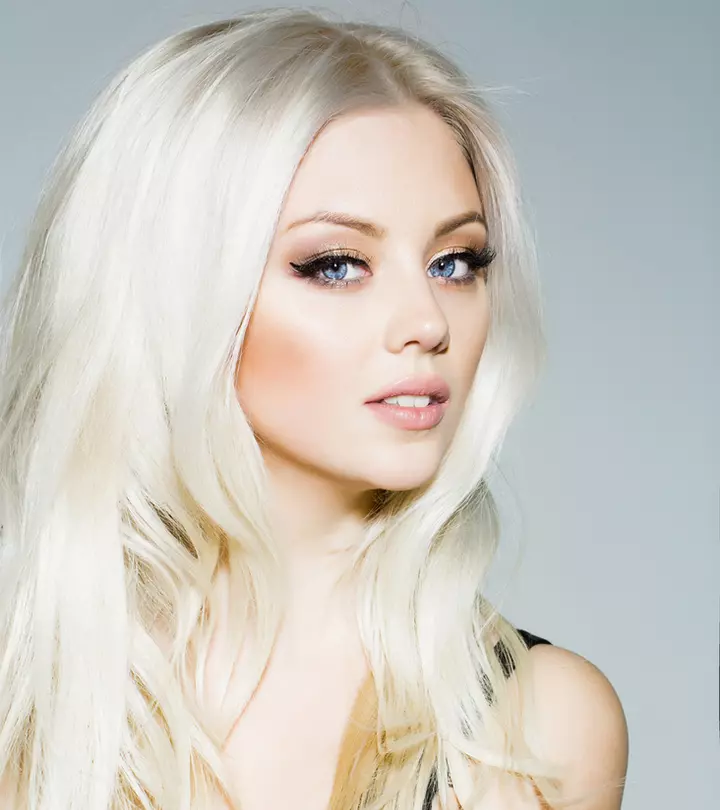


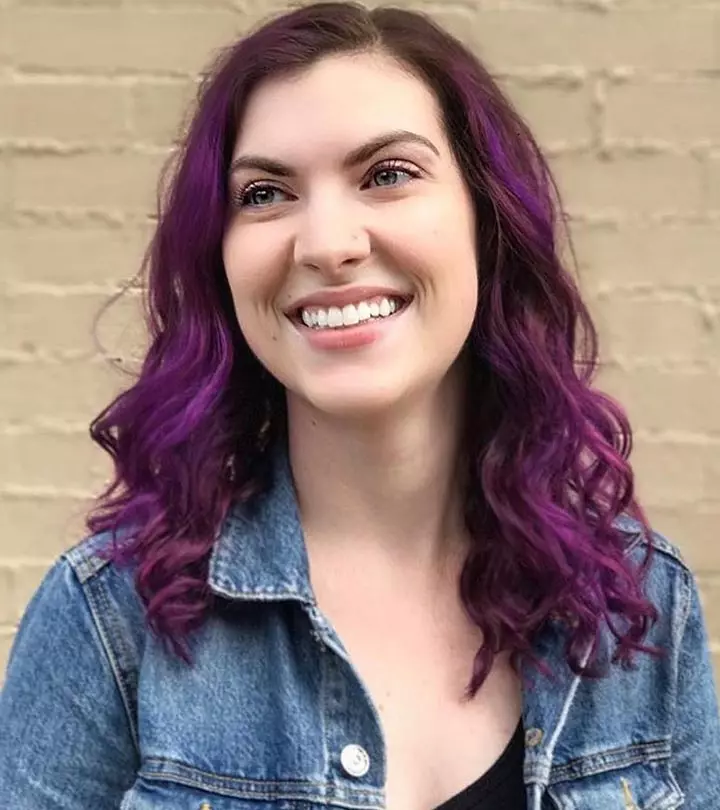
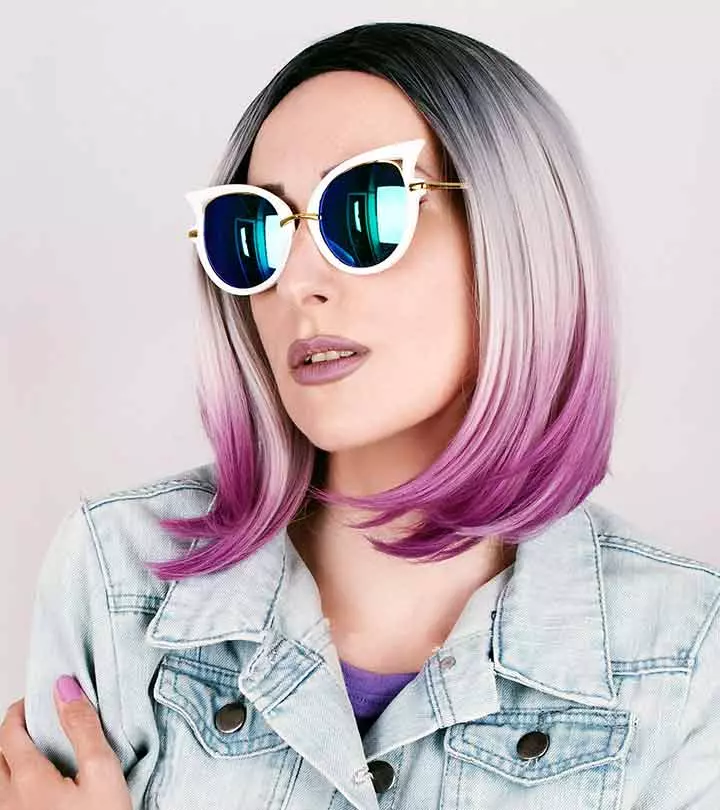
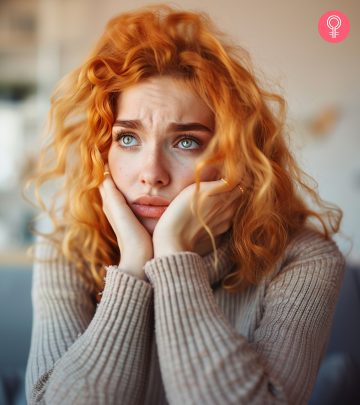
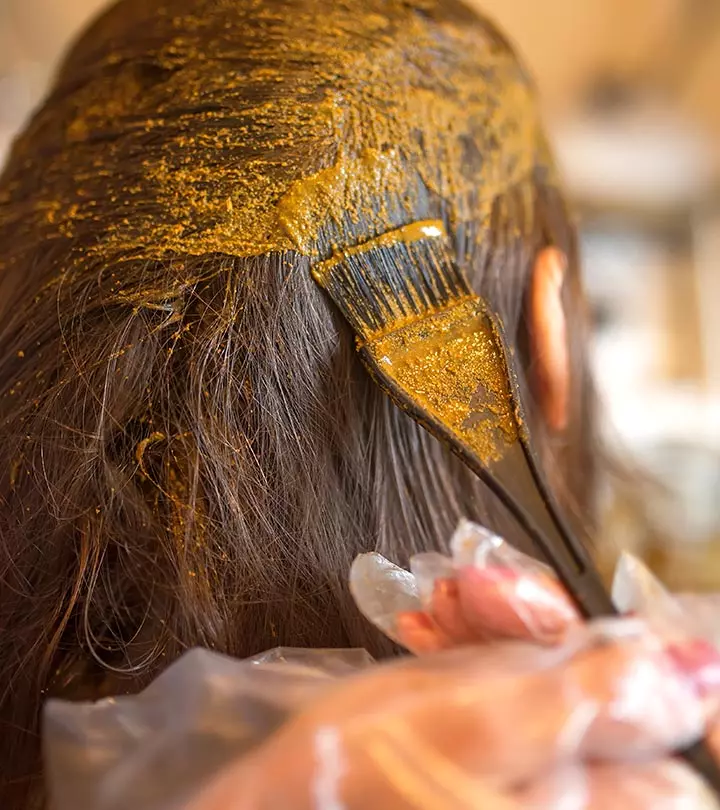
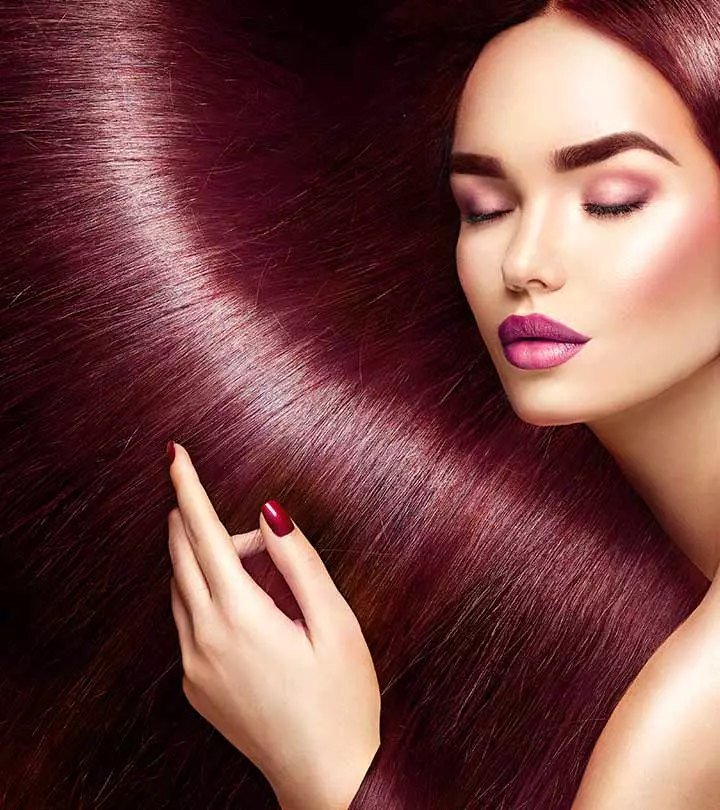
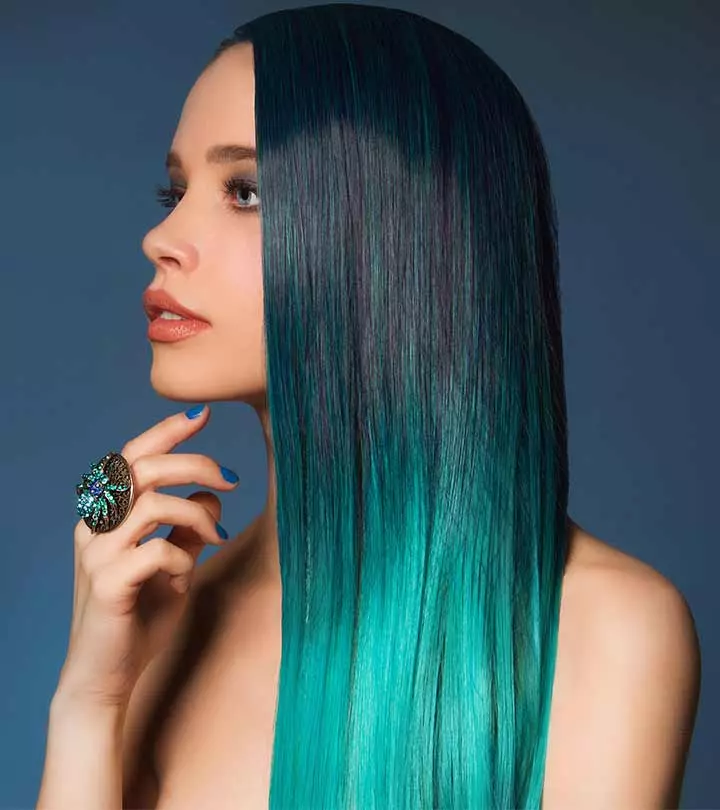
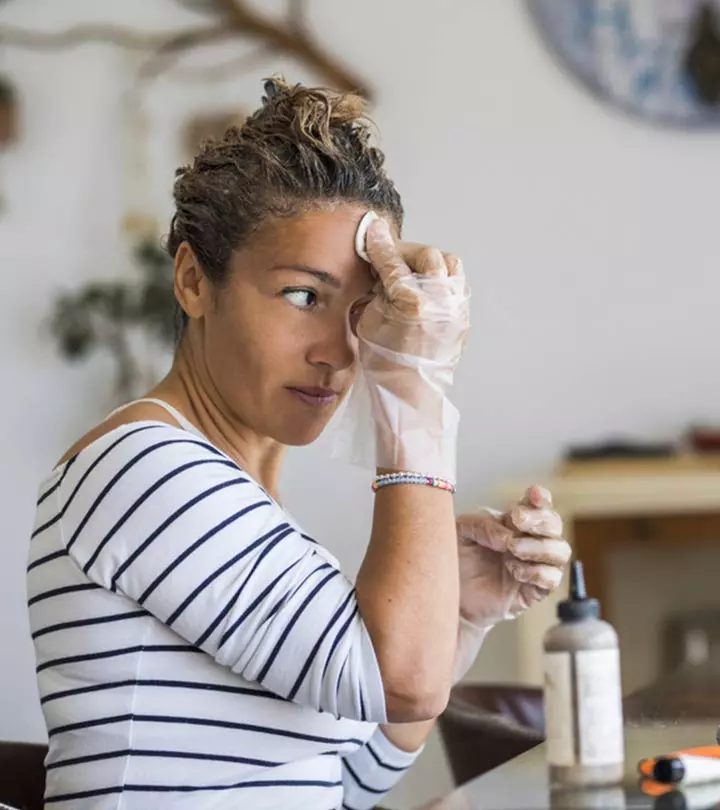
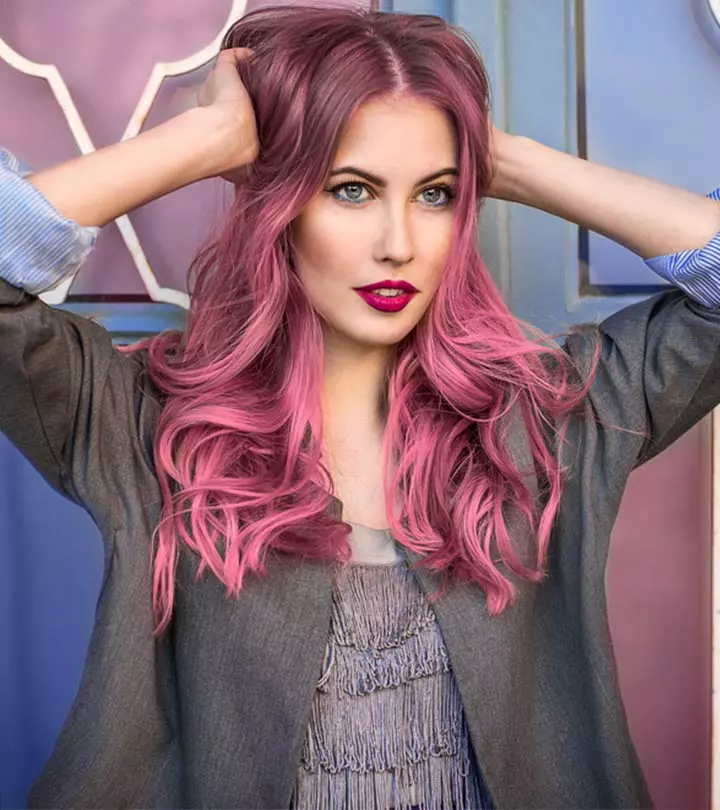
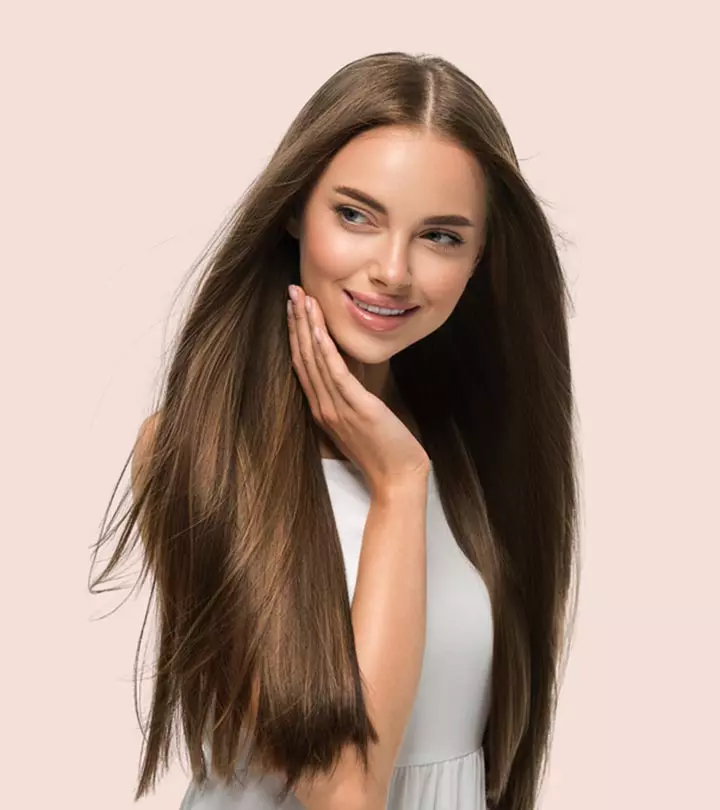

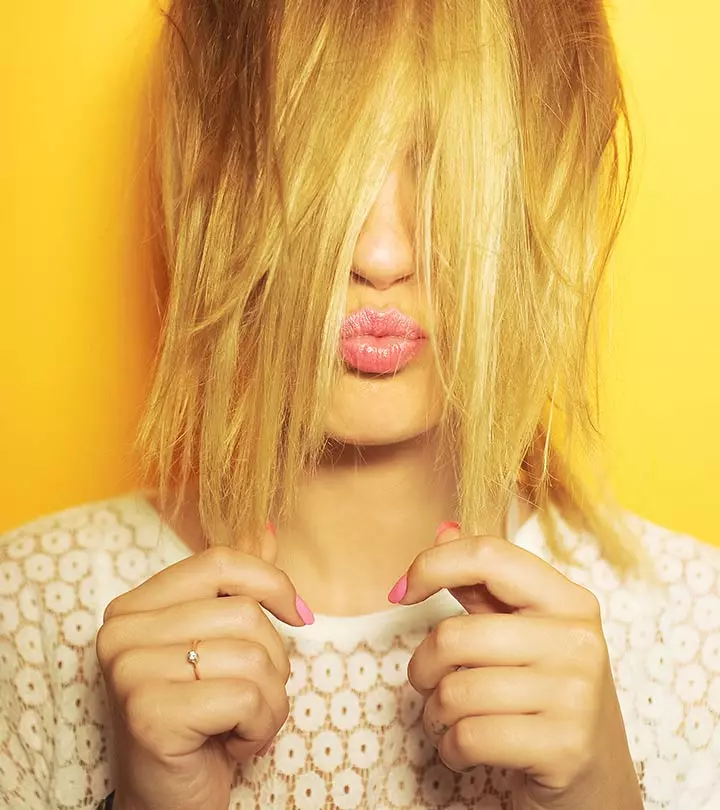
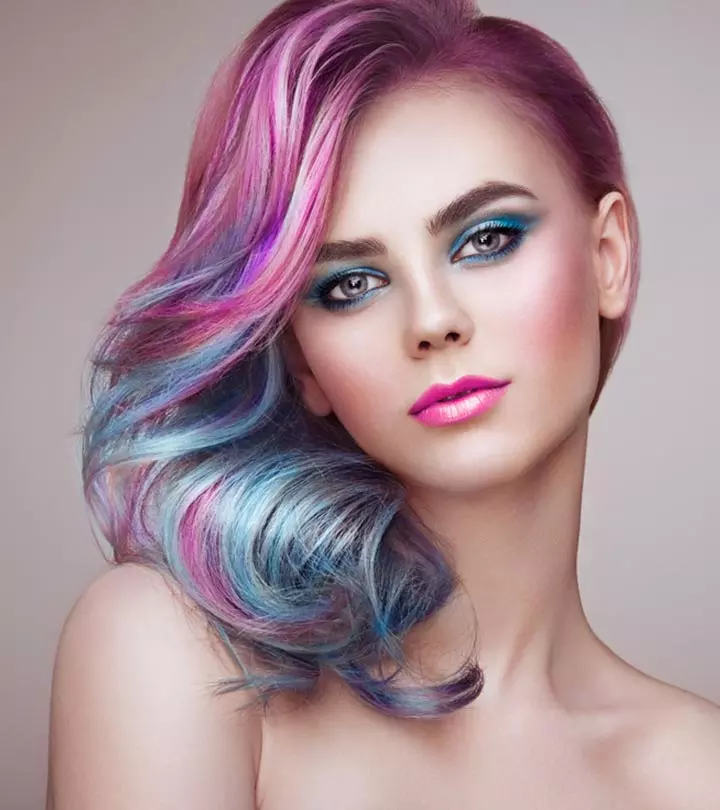
Community Experiences
Join the conversation and become a part of our empowering community! Share your stories, experiences, and insights to connect with other beauty, lifestyle, and health enthusiasts.